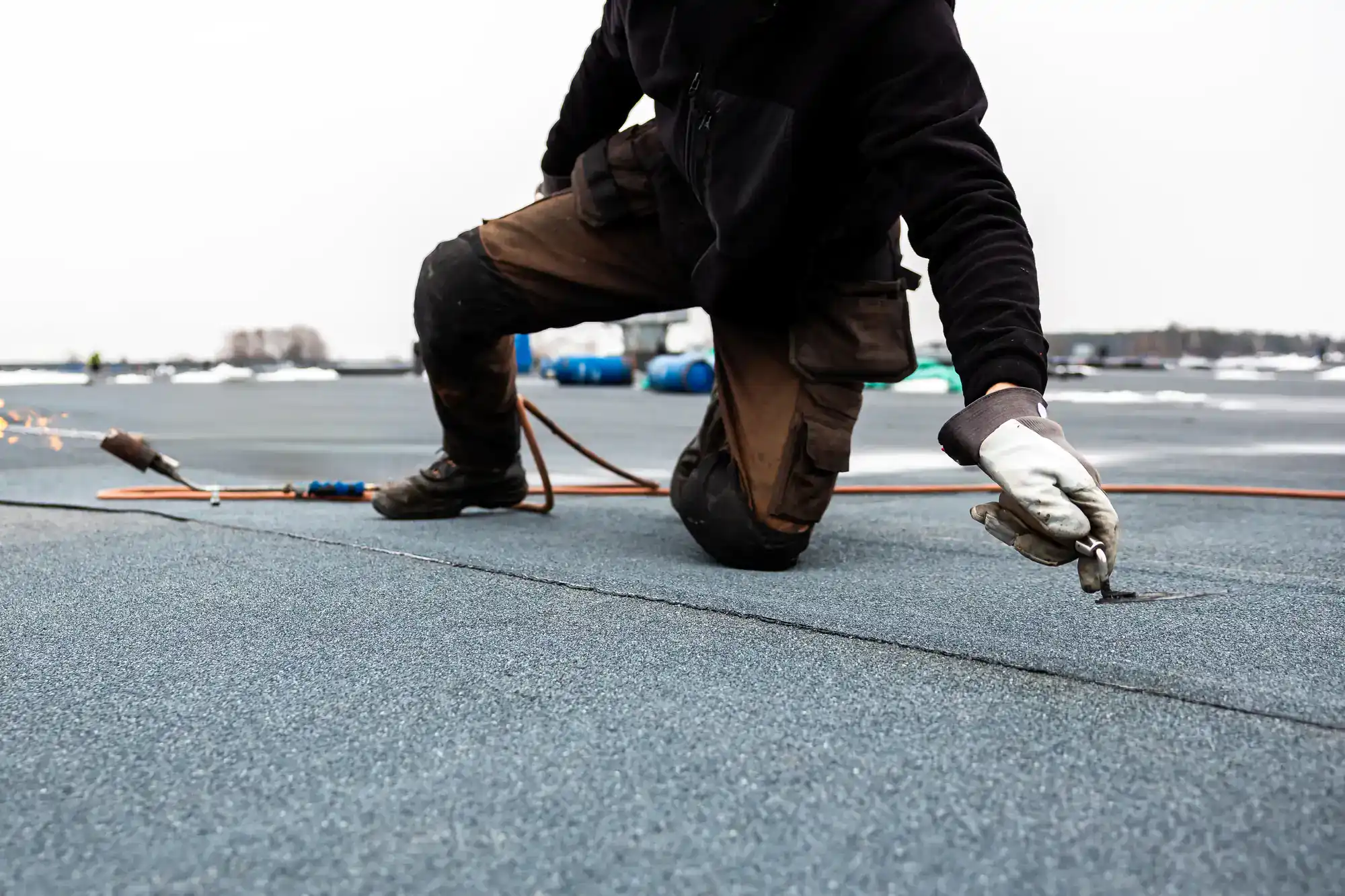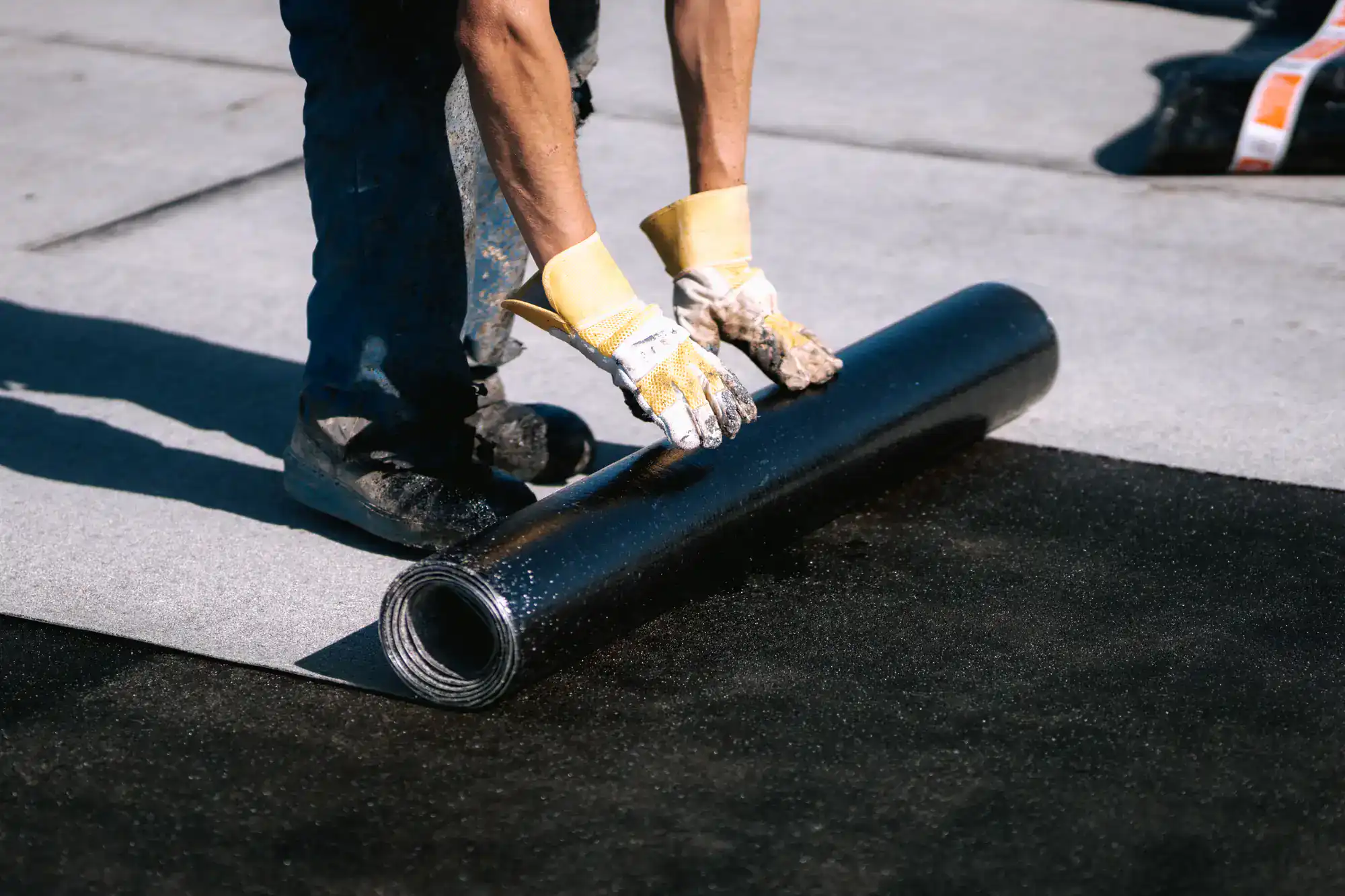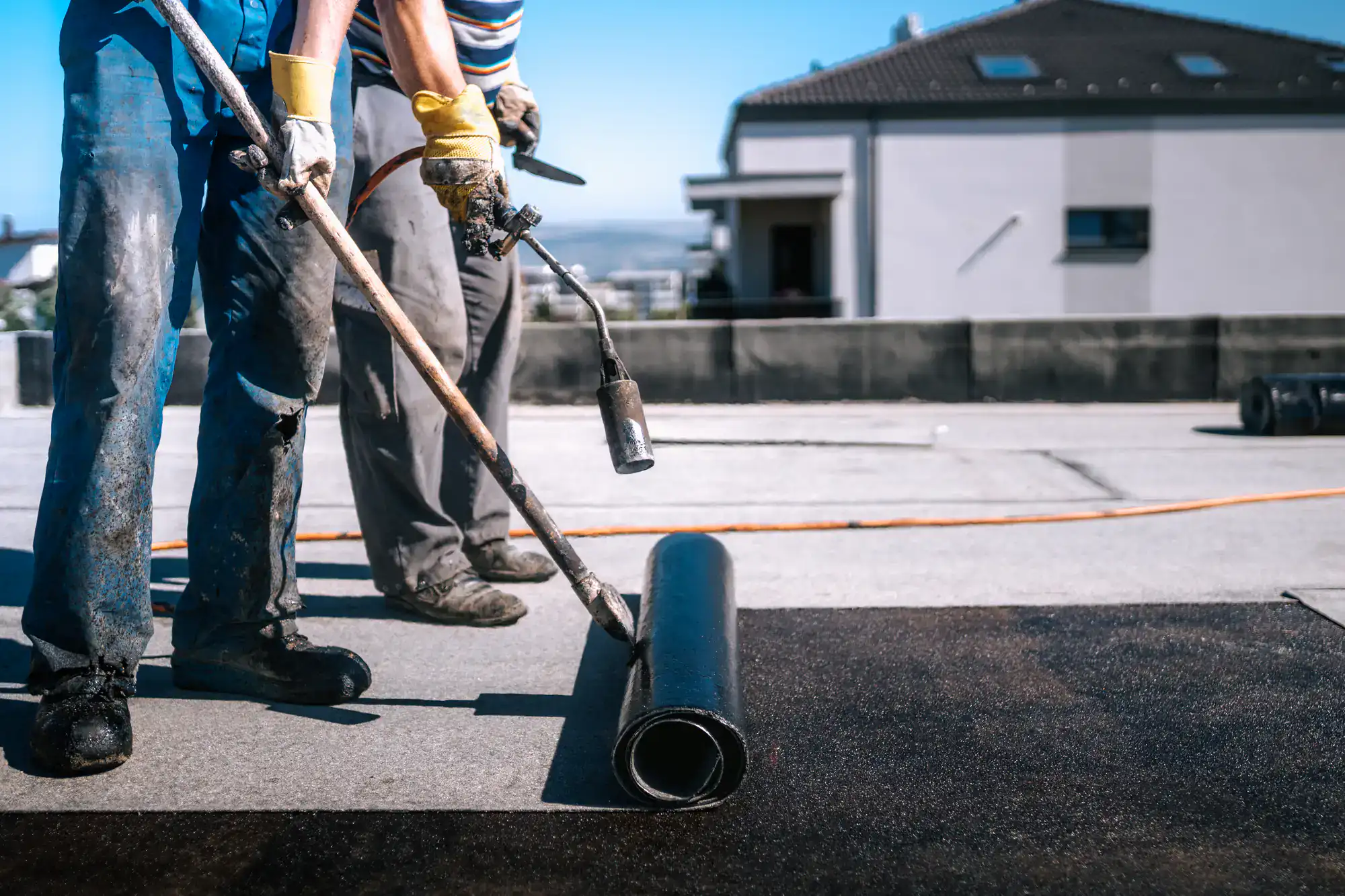
Hear from Our Customers

Your flat roof faces unique challenges in Islip. Heavy winter snow loads that can cause structural damage. Coastal storms with winds that lift materials and create leaks. Standing water that weakens membranes and voids warranties.
When we’re done, you get a watertight roof system that handles whatever Long Island weather throws at it. No more emergency buckets catching drips. No more sleepless nights during storms. No more expensive water damage repairs spreading through your property.
Your roof works the way it should—protecting your investment, your belongings, and your peace of mind. That’s what proper flat roofing looks like.
We’ve been solving flat roof problems for property owners throughout Islip and the surrounding Long Island communities. We understand what coastal storms, salt air, and temperature extremes do to roofing systems.
Every day, we see the damage that comes from improper installation, poor materials, and contractors who don’t understand flat roof systems. We also see the relief on homeowners’ faces when their roof finally works right.
We’re not the cheapest option in town, and that’s intentional. You’re not just buying a patch job—you’re investing in a roof system that protects your property for decades, not just until the next storm.

First, we inspect every inch of your roof system. Not just the obvious problem areas—we check drainage, flashing, seams, and penetrations. We use professional tools to detect hidden moisture that could cause problems later.
Next, we explain exactly what’s wrong and why it happened. No confusing technical jargon or surprise costs. You’ll understand the root cause, not just the symptoms, so you can make informed decisions about repairs or replacement.
Then we get to work using the right materials for your specific situation. TPO for energy efficiency and UV resistance. EPDM for flexibility in tight spaces. Modified bitumen for maximum durability. Every installation follows manufacturer specifications and local building codes.
Finally, we test everything. Drainage flows properly. Seams are watertight. Flashing creates proper barriers. Your roof is ready for Long Island weather before we consider the job complete.

Ready to get started?
Your flat roofing service includes comprehensive leak detection using professional moisture meters and infrared scanning. We locate problems other contractors miss, including hidden moisture that can cause structural damage over time.
We address Islip’s specific challenges head-on. Coastal wind resistance for nor’easters and hurricanes. Proper drainage systems that handle heavy spring rains and snow melt. UV-resistant materials that withstand intense summer heat reflecting off the water.
Emergency services are available 24/7 because roof leaks don’t wait for business hours. We also provide preventive maintenance programs that catch small problems before they become expensive disasters.
Every installation comes with manufacturer warranties and our commitment to quality workmanship. We use only professional-grade materials designed for Long Island’s climate—no shortcuts, no substitutes.

Professional flat roof systems typically last 15-20 years in Long Island’s challenging climate, with some commercial-grade applications reaching 30 years. The key is proper installation and regular maintenance.
Long Island’s coastal environment is particularly hard on roofing materials. Salt air accelerates corrosion, while temperature swings from winter freezes to summer heat cause expansion and contraction that can crack inferior materials. UV exposure from intense summer sun also degrades cheaper roofing membranes.
High-quality materials like TPO, EPDM, and modified bitumen are specifically engineered to handle these conditions. When installed correctly with proper drainage and flashing, they provide decades of reliable protection. The difference between a 10-year roof and a 30-year roof usually comes down to material quality and installation expertise.
Water pooling happens when drainage systems fail or the roof lacks sufficient slope to move water toward drains. This is one of the most serious flat roof problems because standing water can permanently damage your roof and void manufacturer warranties.
Common causes include clogged drains filled with debris, inadequate slope during original installation, or structural settling that creates low spots. Long Island’s heavy spring rains and rapid snow melts can overwhelm poorly designed drainage systems.
Professional solutions include clearing existing drains, installing additional drainage points, or adding tapered insulation systems that create proper water flow. The industry standard is that water shouldn’t stand for more than 48 hours after moderate weather conditions. If it does, permanent damage is likely occurring and immediate professional attention is needed.
Seam failure is often the result of poor workmanship, weather conditions during installation, or underlying structural movement that puts stress on the roofing system. Many contractors don’t understand the precise conditions required for proper seam bonding.
EPDM rubber roofing requires specific temperature and humidity conditions for proper adhesion. The bonding materials have expiration dates and storage requirements that many contractors ignore. TPO and modified bitumen use molecular welding, but this requires proper equipment and technique.
Structural issues can also cause seam failure. If the underlying deck, insulation, or building structure is moving due to settling or improper fastening, it transfers stress to the roof seams and pulls them apart. That’s why we look at the entire roofing system during our diagnosis, not just the visible problem areas.
Most flat roof problems can be repaired if caught early, but the decision depends on the extent of damage, age of the existing system, and your long-term goals. We provide a professional inspection to determine whether repair makes financial sense.
Minor issues like small leaks, isolated membrane damage, or clogged drains are typically good candidates for repair. However, if you’re dealing with widespread seam failure, multiple leak points, or a roof approaching the end of its expected lifespan, replacement often makes more sense.
We provide honest assessments based on your specific situation. Sometimes a $500 repair buys you several more years. Other times, continuing to patch an aging system just delays the inevitable while water damage spreads through your property. We’ll explain your options clearly so you can make the best decision for your budget and timeline.
These are the three most common flat roofing materials, each with specific advantages depending on your building’s needs, budget, and local climate conditions. Understanding the differences helps you choose the right system.
TPO (thermoplastic polyolefin) is white, energy-efficient, and excellent for Long Island’s hot summers because it reflects heat rather than absorbing it. It uses heat welding for seams, creating strong, permanent bonds. EPDM (rubber) is black, extremely flexible, and comes in large sheets that minimize seams. It’s ideal for complex roof shapes but requires careful adhesive application.
Modified bitumen combines the durability of traditional built-up roofing with modern materials. It’s tough, puncture-resistant, and handles foot traffic well. The choice depends on your specific situation—building use, traffic patterns, energy efficiency goals, and budget. We’ll recommend the best option after evaluating your roof’s requirements.
We provide 24/7 emergency response for urgent roof leaks because we understand that water damage spreads quickly and doesn’t wait for convenient business hours. Response time depends on weather conditions and current demand, but we prioritize emergency calls.
Emergency service focuses on stopping active leaks and preventing further water intrusion. This might involve temporary patching, tarping, or redirecting water flow until permanent repairs can be completed safely. We document everything for insurance purposes if needed.
Long Island storms can create multiple emergency calls simultaneously, so we maintain relationships with other qualified contractors to ensure coverage during peak demand periods. The goal is always to protect your property first, then schedule proper permanent repairs when conditions allow. We’ll provide clear timelines and keep you informed throughout the process.
Other Services we provide in Islip